10 Folk Albums from the 1960s John Oates Thinks Everyone Should Own
- Oops!Something went wrong.Please try again later.
- Oops!Something went wrong.Please try again later.
- Oops!Something went wrong.Please try again later.
- Oops!Something went wrong.Please try again later.
- Oops!Something went wrong.Please try again later.
The post 10 Folk Albums from the 1960s John Oates Thinks Everyone Should Own appeared first on Consequence.
Welcome back to Crate Digging, our recurring feature that dives into music history and turns up several albums that all music fans should know. In this edition, John Oates gives us his list of the most essential 1960s folk records.
If John Oates understands anything, it’s the raw fundamentals of songwriting. After famously linking up with his writing partner Daryl Hall, Oates came through with hit after hit after hit. Now, he’s back with Reunion, a collection of tracks that finds the aging artist returning to his roots and embracing the classic folk music that captivated his creative mind as a pre-teen. To celebrate the new release, Oates has outlined what he considers to be the 10 most essential 1960s folk records, from icons like Bob Dylan to deep cuts like John Jacob Niles.
“I was turned on to this music as a kid, when I was about 12. I had a good friend whose older brother went off to college in North Carolina, and he came back with all these albums that I had never heard by people that I’d never heard of,” Oates recalls. “I started playing guitar at six years old, so I was already playing guitar for six years. I wasn’t good, but I was good enough to learn things. I started to hear this music for the first time and started trying to learn it from the records.”
Fast forward about a decade, and his love for Joan Baez and The Byrds had translated into classic tunes like “Rich Girl,” “You Make My Dreams (Come True),” and “Maneater.” Keep going to Reunion, and the direct lineage between the Greenwich Village scene and Oates’ output becomes even clearer. And as he tells it, these 10 records are where it all started.
Listen to the title track from John Oates’ new album Reunion below, then read on to see what made his list of the most essential 1960s folk albums.
Joan Baez — Joan Baez
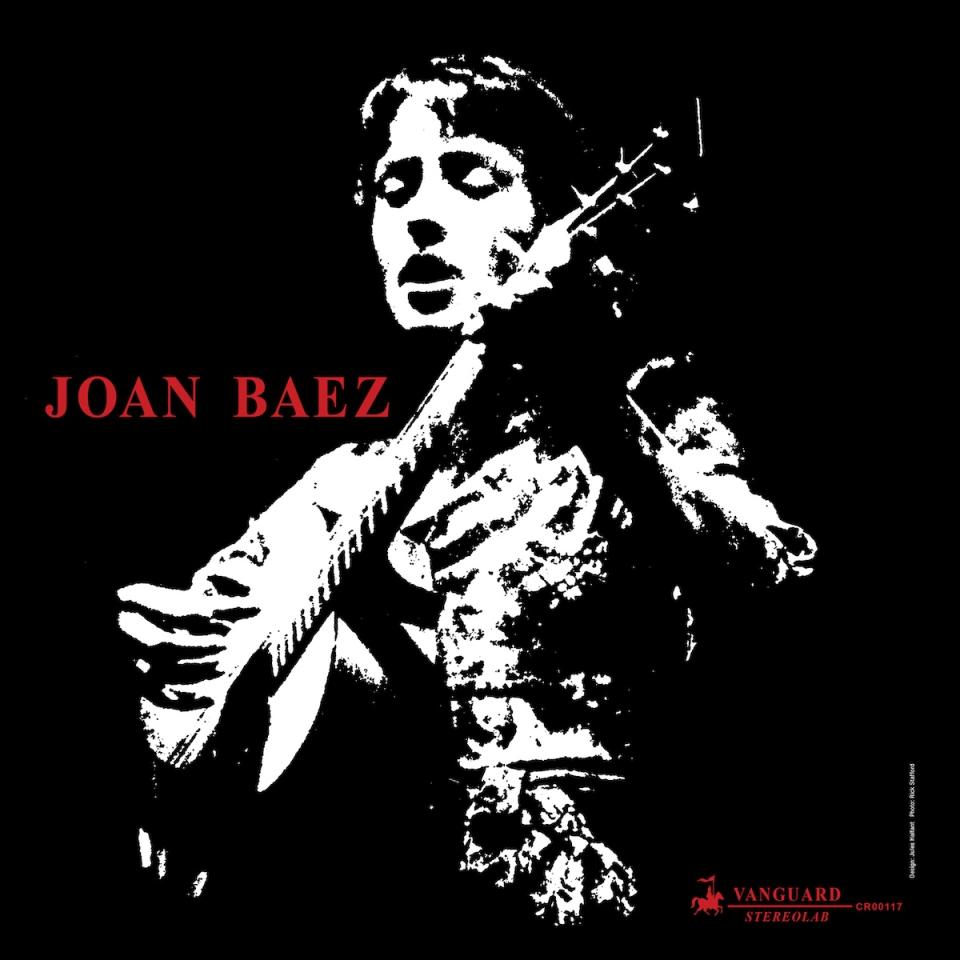
Joan Baez was the queen of folk back in those days. She had really introduced some of the traditional music that had come over from Europe, especially the Scotch-Irish side of things, to American kids — and they loved her. And, you know, she was attractive and had an amazing voice. Joan Baez was highly influential. She basically introduced Bob Dylan to the folkies at the time.
Hedy West — Accompanying Herself on the 5 String Banjo
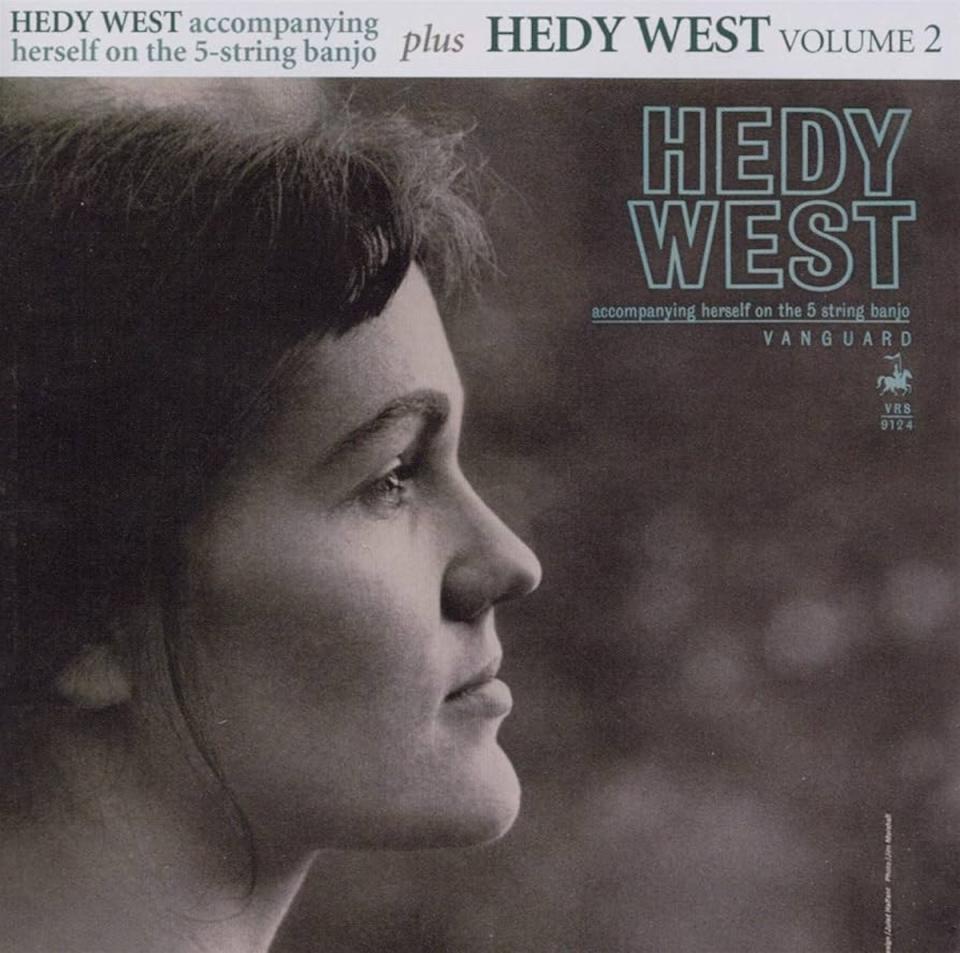
The second record I picked was by a gal named Hedy West. She was from the south and she was more of a traditional performer. She wrote a classic song that’s been recorded by many, many people — a song called “500 miles.” That song is a classic. “If you miss the train I’m on/ You will know that I’m gone/ You can hear the whistle blow 500 miles.”
Well, Hedy West wrote that. I believe she was from West Virginia, and she played a primitive style of banjo, which is called clawhammer or frailing. It’s a very primitive style of banjo playing. I saw her perform in the early days and she was the real thing.
Mississippi John Hurt — Folk Songs and Blues
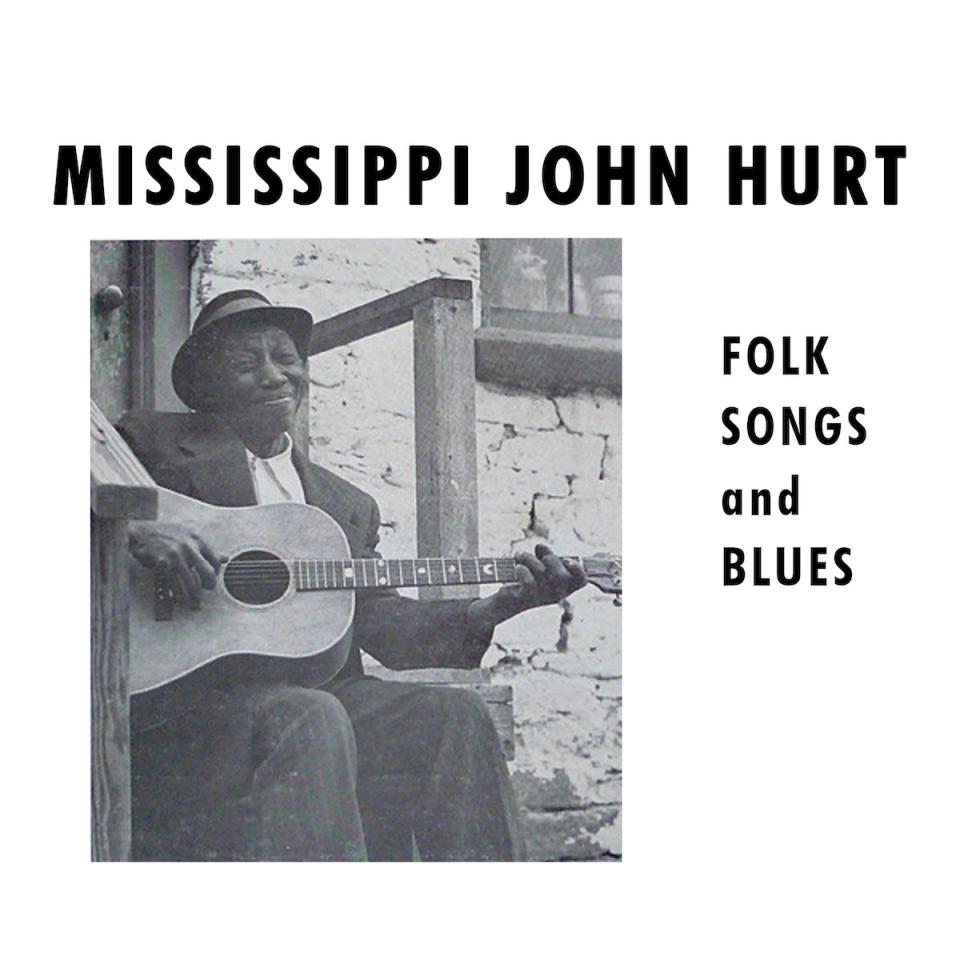
Mississippi John Hurt recorded in the late ’20s into the early 1930s, and then went into obscurity. He worked on a farm from the mid 1930s until he was rediscovered in the early 1960s. Then, he made an album, and I think it was on Vanguard, called Folk Songs and Blues in 1963. That album was a keystone for me. I learned every song on that album, and to this day I can play every song on that record.
I got the chance to see him play live in the early ’60s. He died in 1963. I actually own the guitar that he played in 1963. It’s one of my prized possessions. That guitar, right now, is on display at the Musical Instrument Museum in Phoenix, Arizona.
But, yeah, Mississippi John was an amazing, amazing person. He didn’t really play blues like Delta blues like Robert Johnson and a lot of other traditional blues players. Without getting too esoteric, he was a Piedmont blues player. He played in more of almost a ragtime piano style. Very unique. He’s one of my favorites of all time.
John Jacob Niles — John Jacob Niles Sings Folk Songs
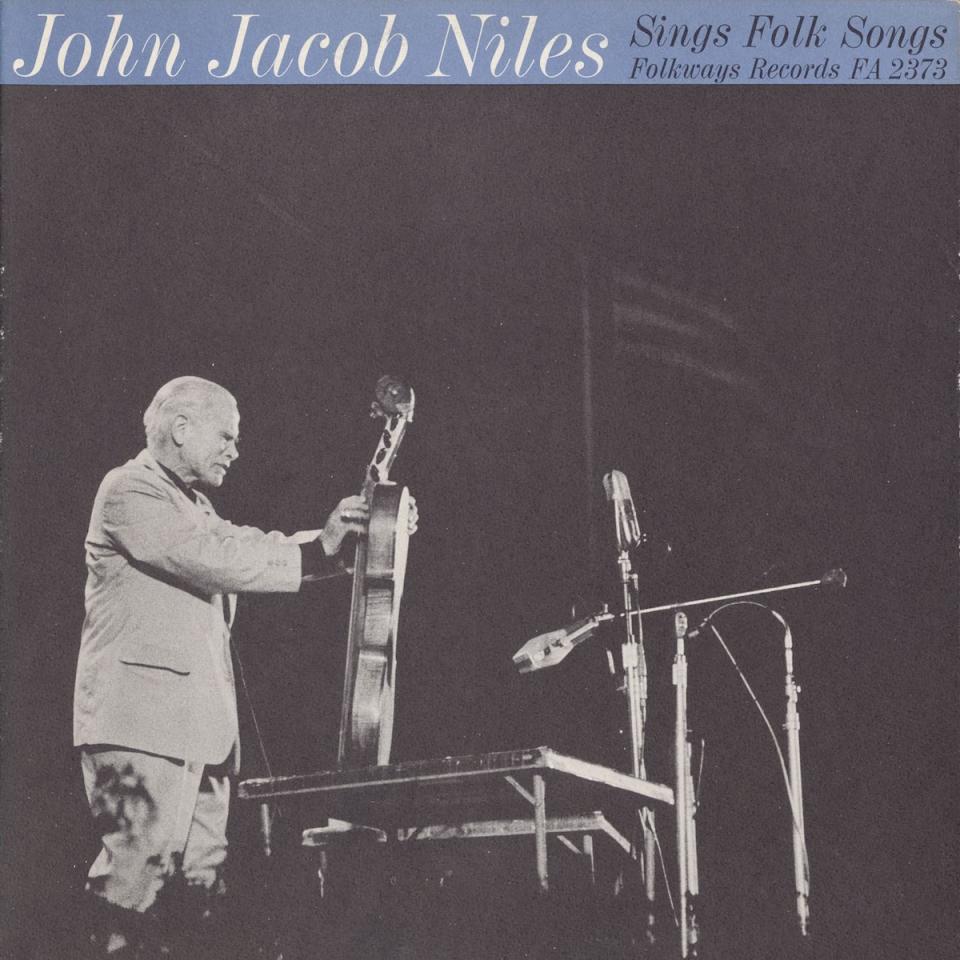
Now, this is really obscure. This is a guy named John Jacob Niles. John Jacob Niles was from Kentucky and he was a musicologist who studied how music came over from Europe, especially through the English-Irish tradition and how that music was spread through the early days of colonial America, and how it was changed and how it evolved. He was a professor and a performer, and he played primitive instruments. He actually built his own instruments, like very primitive autoharps and zithers, things like that. He had a really unusual way of singing. The way he sang, it’s almost like the way people probably sang in the 1700s or even the 1600s.
He’s a really important person. Nobody knows about him except crazy people like me. But, if you ever hear John Jacob Niles, you’ll be kind of shocked. It’s very unusual, eerie, weird. But he’s a very important person for the preservation of American folk music.
Bob Dylan — The Freewheelin’ Bob Dylan
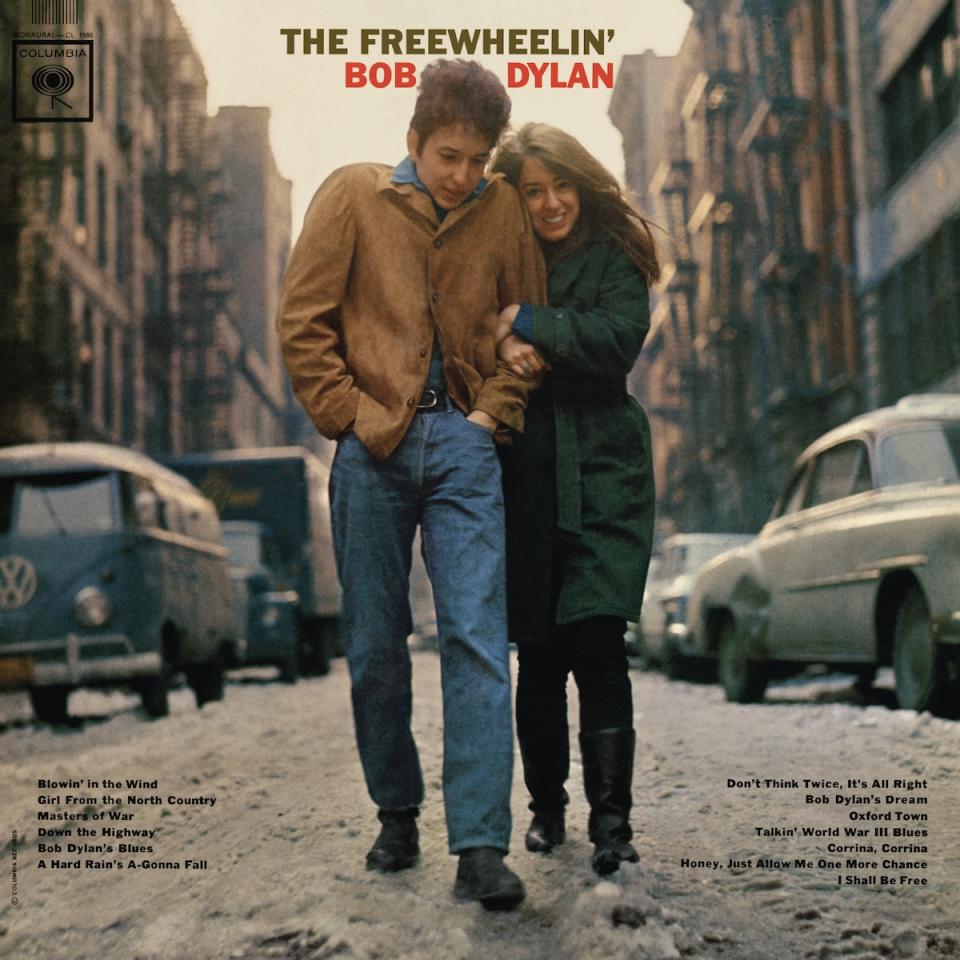
I picked The Freewheelin’ Bob Dylan because Bob Dylan had moved to the Greenwich Village and he was absorbing all this new folk music and these new performers who were being rediscovered. And he filtered that through his own creative lens and created his own style. It was the start of his career, basically.
If you listen to that very first album, there’s a one song in particular, “Song for Woody,” which he actually dedicated for Woody Guthrie. And it’s basically a Woody Guthrie copy, but that was kind of how Dylan started. It was kind of the foundation for the things that he created. And, of course, he went on to be one of the greatest songwriters of all time.
Dave Van Ronk — Folksinger
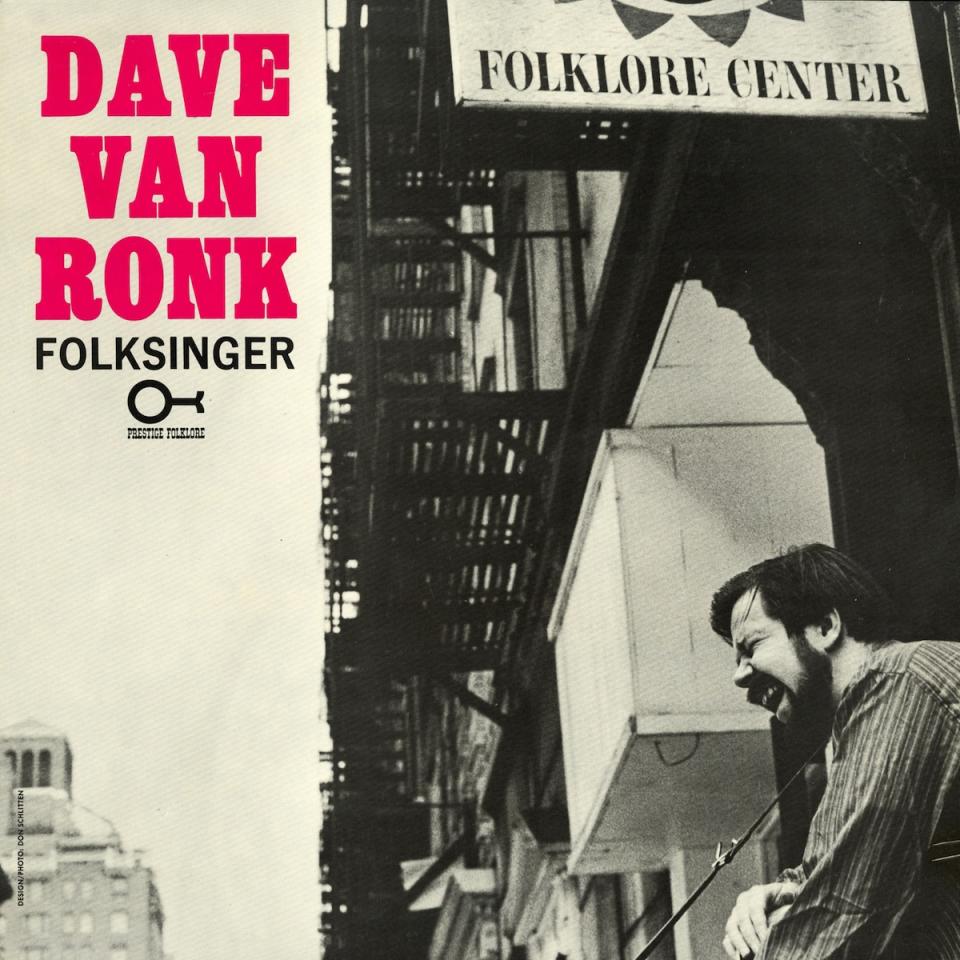
Dave Van Ronk was known as the mayor of MacDougal Street. The New York City folk scene centered around Greenwich Village, and Dave Van Ronk was one of the guys. He was the guy that everyone went to see. He had a really bluesy, rough voice. He had studied a lot of early music and he was teaching it to kids by playing in these coffee houses, and all of a sudden the young kids, the college-aged-kids, were hearing this music for the first time. But he was always very clear that he was just the messenger.
He had an album in 1962 called Folksinger, and I learned all the songs on that album as well. He was a very, very important figure that was starting to modernize and to spread the word on this new folk movement that was happening.
Doc Watson — Doc Watson
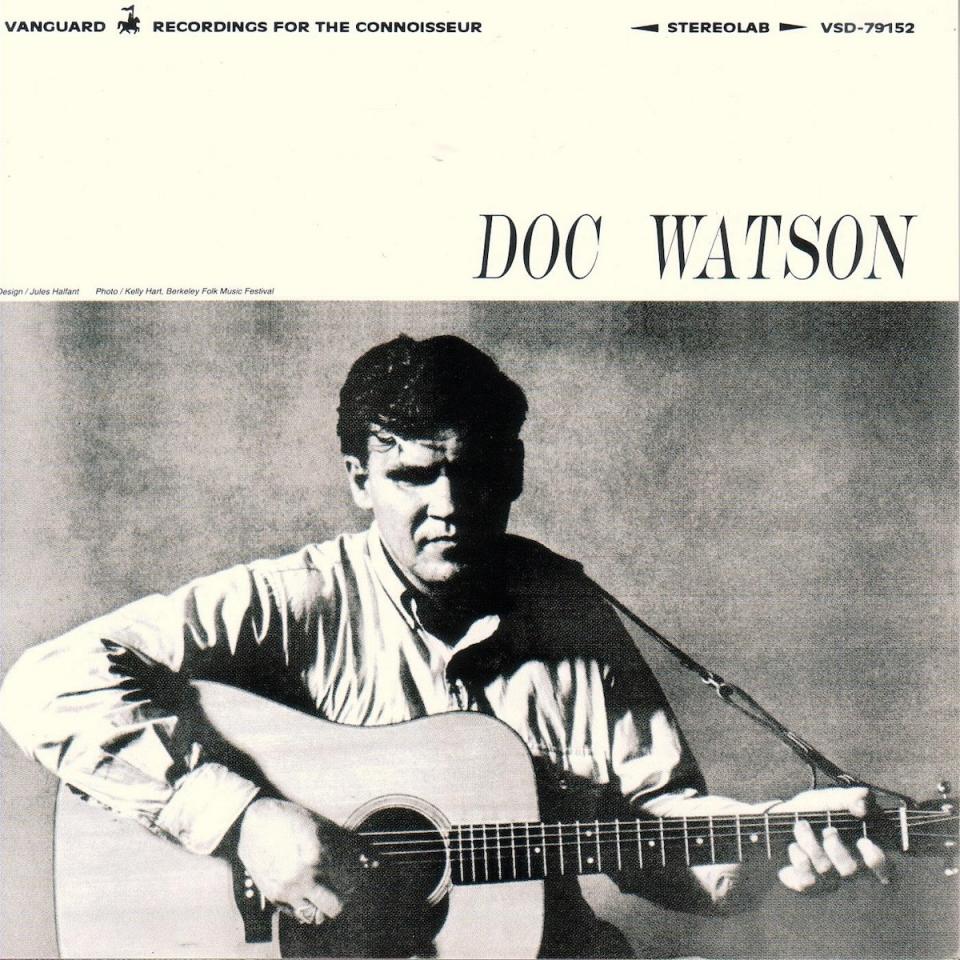
One of my favorites of all time, and one of my favorite guitar players, is Doc Watson. Doc Watson was a virtuoso acoustic guitar player. He played finger style and he also flat picked. When I heard him play, I was completely mesmerized. I wanted to learn every song on that record, which I did. I was fortunate enough to get to actually play with him in 1971. He’s just been one of my heroes forever. He’s one of the greatest instrumentalists and singers of all time. He came from a little place called Deep Gap, North Carolina, and he played the music of his ancestors and the music that he heard growing up as a kid in the early 1900s. He was just amazing.
Phil Ochs — I Ain’t Marching Anymore
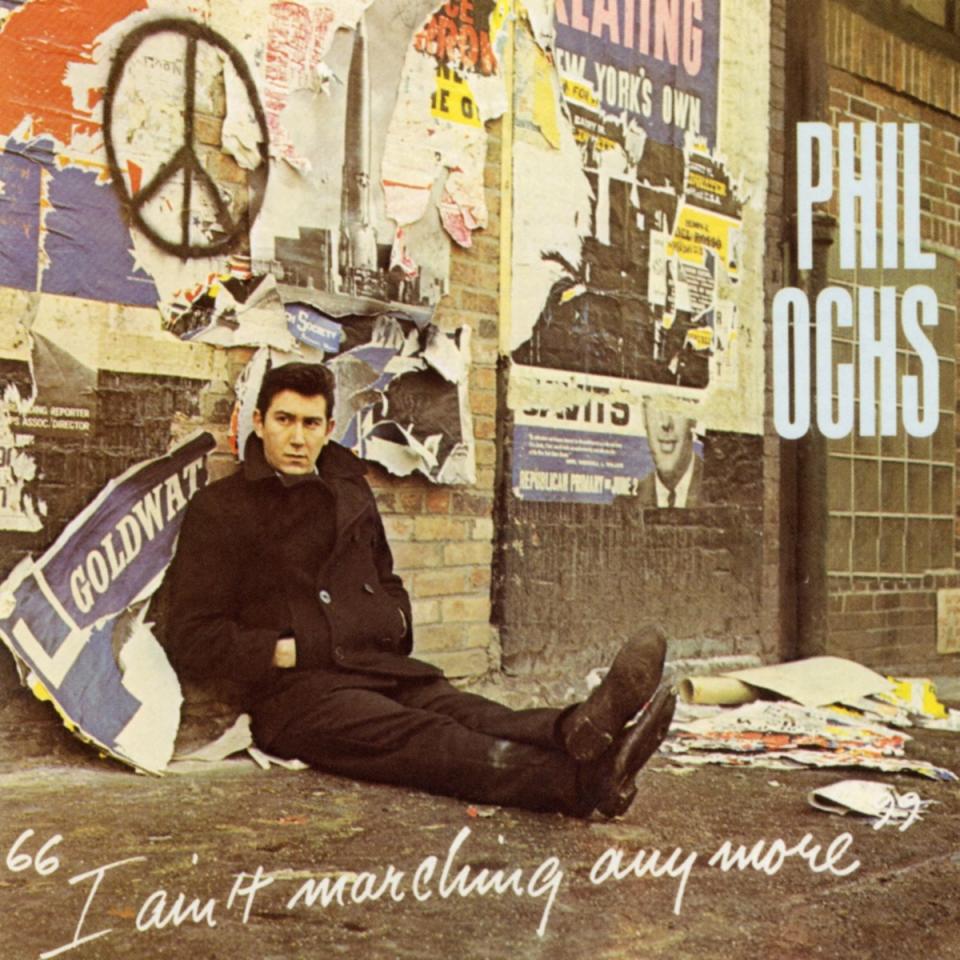
Another branch on the folk tree is a guy named Phil Ochs. He was one of the first protest singers. He wrote protest songs. And I had never heard a protest song before. He was a really well-educated college guy from Texas, and he spoke out against the war in Vietnam. He spoke out against the things that were going on in the segregation movement. He was very powerful. He’s very passionate, and I saw him play many, many times. He made an album called I Ain’t Marching Anymore in 1965, which was very important because it kind of opened the door for artists to start singing protest songs and actually saying something about social injustice and things like that.
The Byrds — Sweetheart of the Rodeo
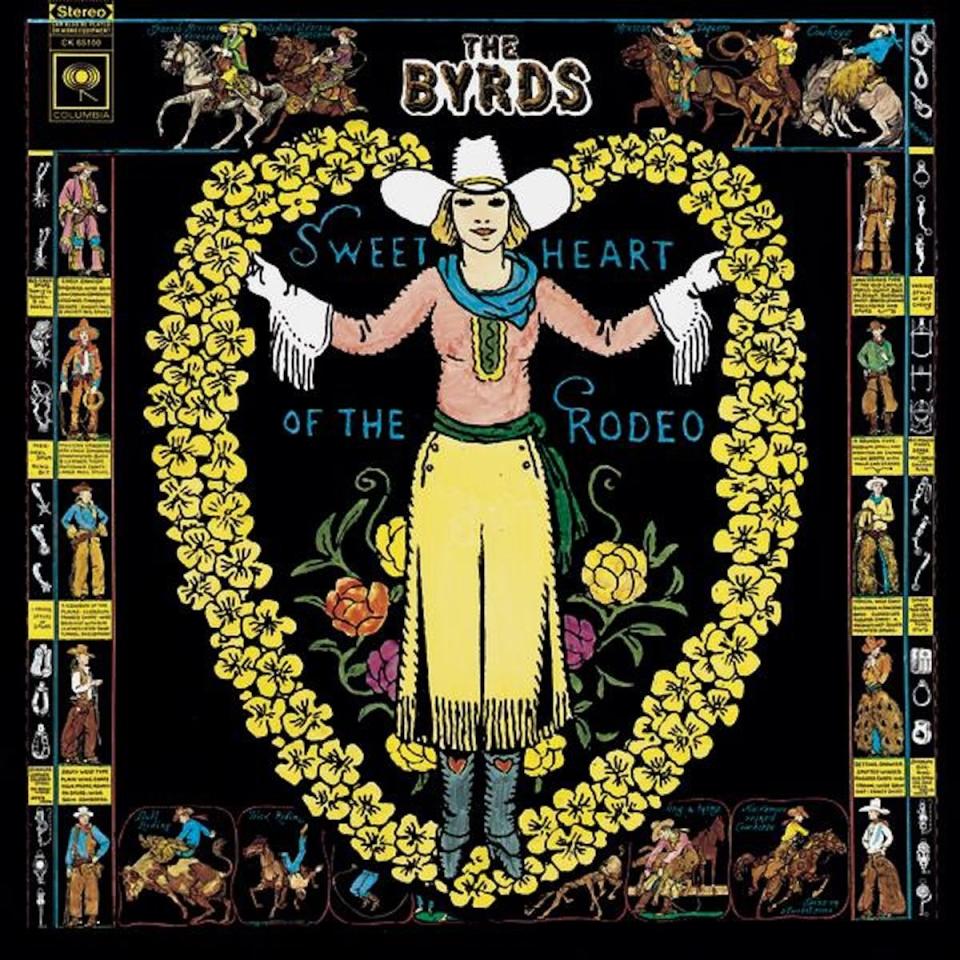
Now, I jump ahead to the late ’60s, because all this music that I’ve mentioned prior to this really started to manifest itself with the newer, younger folk rock artists who were taking that folky kind of sound and putting a beat to it, putting in more aggression and electric guitars and things like that.
I picked Sweetheart of the Rodeo by The Byrds, which I think could arguably be the first folk rock album. It opened the door for people like the Eagles and Buffalo Springfield and Crosby, Stills and Nash, and the Flying Burrito Brothers, and blah, blah, blah…
The Band — Music from Big Pink
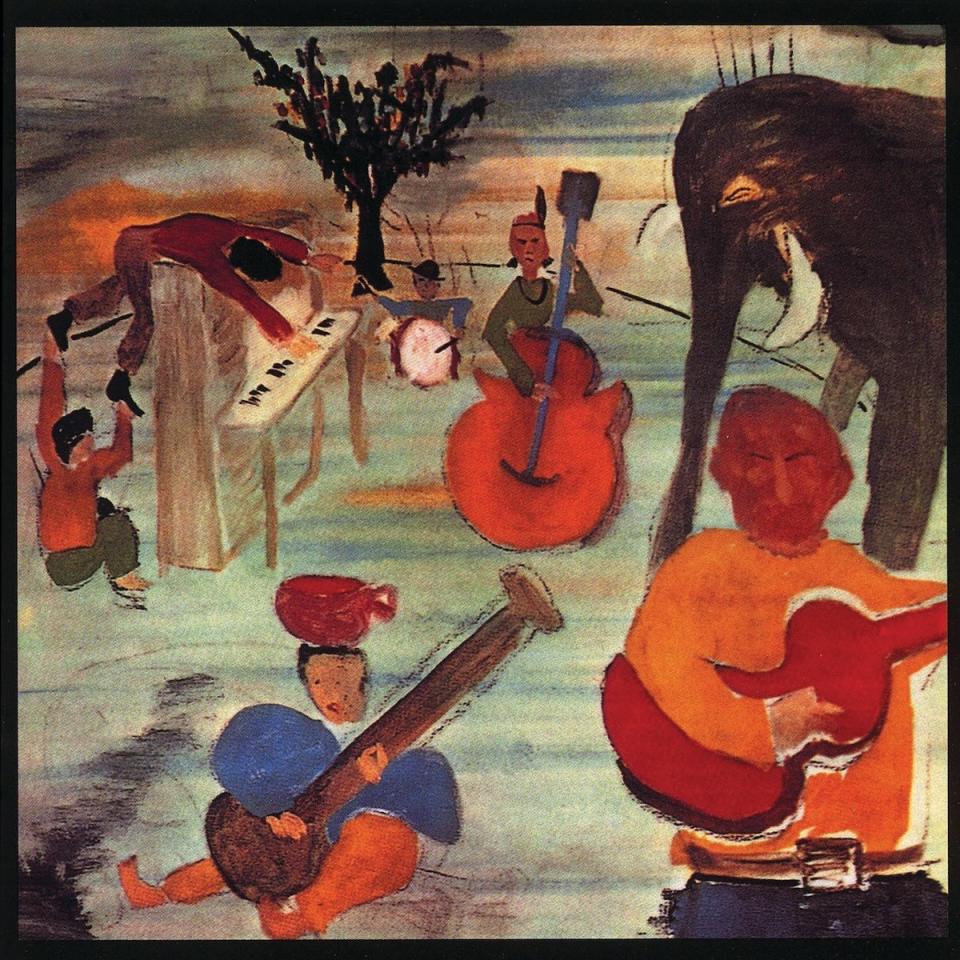
The Band is basically responsible for what we know today as Americana. The music they were making and the style of instruments they were using, even the way they looked and the way they presented themselves, they’re a direct line to pretty much every Americana artist that ever existed.
And if not Big Pink, then the next record, The Band, which is also a masterpiece — but I didn’t include it because it wasn’t from the 60s.
10 Folk Albums from the 1960s John Oates Thinks Everyone Should Own
Jonah Krueger
Popular Posts
Student Walk Out on Jerry Seinfeld's Duke Commencement Speech
Apple Destroys Vintage Instruments in Tone-Deaf New Commercial for iPad Pro
AC/DC Unveil Photo of New Band Lineup Ahead of First Tour in Eight Years
Who's the Dumbass Who Brought Their Baby in the Pit of Taylor Swift's Concert?
Kate Hudson Covers Stone Temple Pilots' "Vasoline" Ahead of Debut Album: Watch

